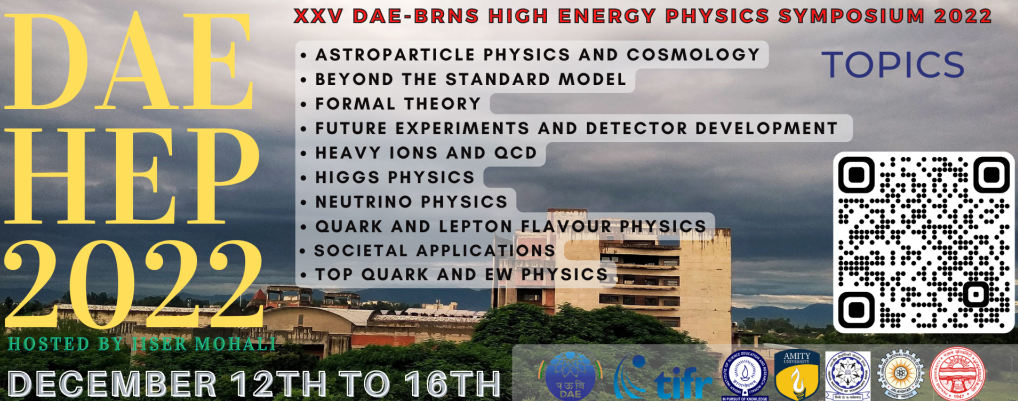Speaker
Description
Compressed Baryonic Matter (CBM) is a fixed target experiment, which will explore the properties of nuclear matter under extreme density. This experiment will take place in the upcoming Facility for the Antiproton and Ion Research (FAIR) at Darmstadt, Germany. CBM will consist of 4 stations of Muon- Chambers (MuCh) sandwiched between absorber layers and each station will consist of 3 layers of gaseous detectors of a identical technology. The first 2 stations of MuCh will consist of high rate capability advanced gaseous detectors made of Gas Electron Multiplying (GEM) technology and the last 2 stations will be made of Resistive Plate Chamber (RPC) detector. A first real size prototype of second station GEM chamber has been designed and fabricated indigenously. The 8 -layer readout PCB consists of 1824 readout pads with size varying progressively from 4 mm x 4 mm to 21 mm x 21 mm. The length of the trapezoidal readout PCB is around 1 meter. Due to fabrication constraint of such large size single PCB by Indian Industry, we opted for a novel technique in which two parts of the PCB were joined together. The real size trapezoidal shaped, single-mask GEM foils were procured from CERN. The foils were custom designed for the GEM stations of MuCh. Those foils were stretched according to “NS-2” technique, which doesn’t use any glue. The detector was assembled at VECC clean room (class 1000) using 3 GEM foils, readout PCB, drift PCB and other necessary components. As the module was made of a joined PCB so we tested for any gas leak, and it was found to be under control. Investigation on the pad noise characteristics from the readout plane was carried out, particularly at the joining position. The joined portion of readout pads showed higher noise in data and appropriate shielding was implemented. The detector was then tested with cosmic muons and we measured an detection efficiency upto 98% and time resolution of ~ 18 ns at VECC lab. Gain and efficiency uniformity over the entire area of the module has also been studied. The detailed results on fabrication and testing will be presented and discussed.
| Session | Future Experiments and Detector Development |
|---|
